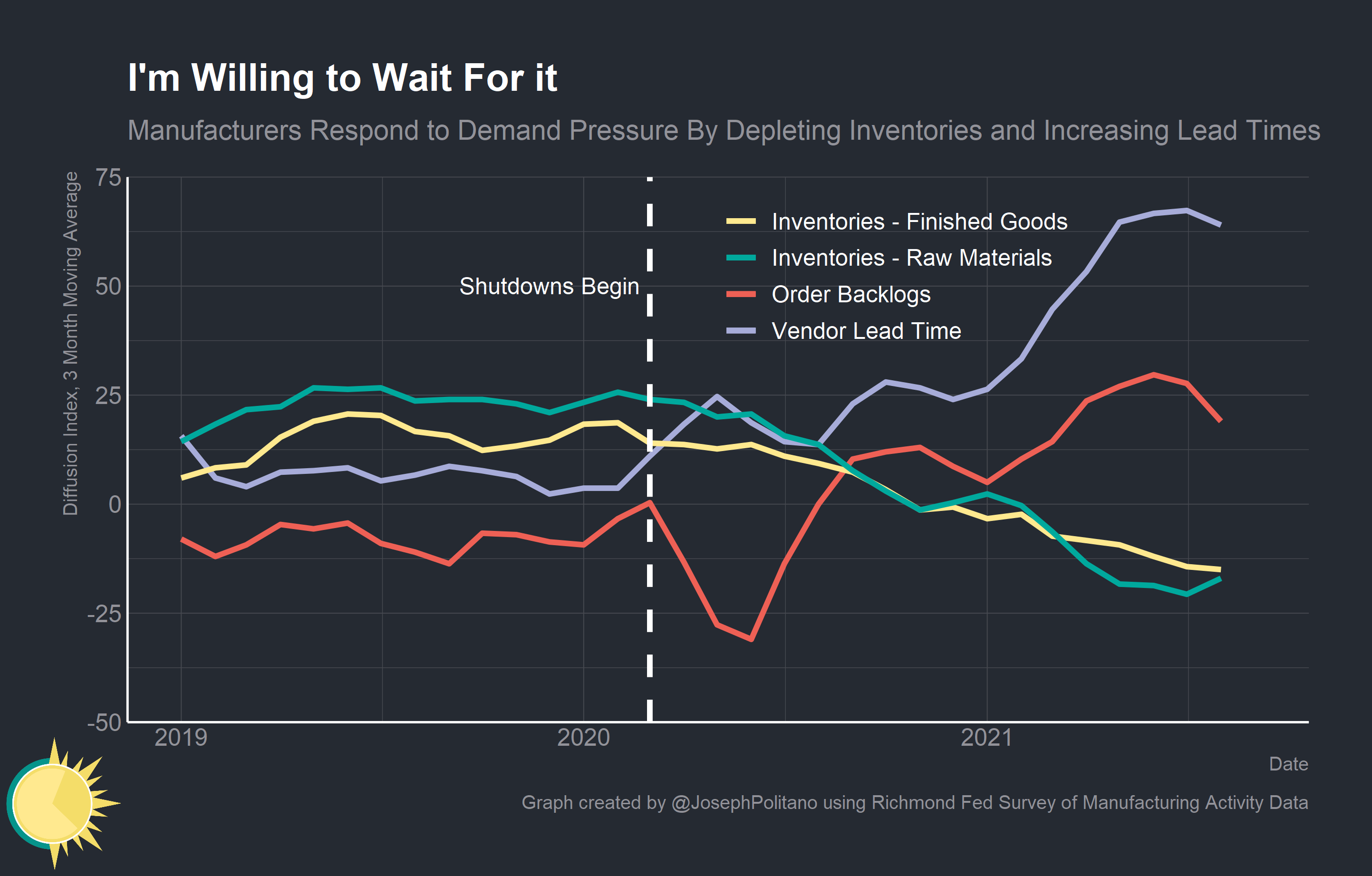
Deciphering Economic Forces: Understanding Inflation Dynamics
In the intricate tapestry of economics, inflation stands as a significant and often misunderstood force. This article aims to unravel the complexities of inflation dynamics, providing insights into the factors that drive inflation, its impact on economies, and strategies for navigating the challenges it presents.
The Basics: What is Inflation?
At its core, inflation refers to the sustained increase in the general price level of goods and services over time. While moderate inflation is a normal part of economic cycles, understanding the reasons behind its occurrence is crucial. Factors such as increased demand, supply chain disruptions, or changes in production costs can contribute to inflationary pressures.
Drivers of Inflation: Supply and Demand Dynamics
Inflation dynamics are heavily influenced by the interplay of supply and demand in the economy. When demand for goods and services outstrips their supply, prices tend to rise. Conversely, when supply exceeds demand, prices may fall. Balancing these dynamics is a delicate task for policymakers, requiring a nuanced approach to maintain price stability.
The Role of Central Banks: Monetary Policy and Inflation
Central banks play a pivotal role in influencing inflation through monetary policy. By adjusting interest rates, managing money supply, and utilizing various tools, central banks aim to control inflation within a target range. Striking the right balance is crucial, as overly tight policies can stifle economic growth, while loose policies may lead to inflationary pressures.
Inflation Measurement: Unraveling the Indices
Measuring inflation accurately is essential for policymakers and businesses. Commonly used indices, such as the Consumer Price Index (CPI) and the Producer Price Index (PPI), track changes in the prices of goods and services at different stages of production. These indices help gauge inflation trends and inform decision-making.
Types of Inflation: Unpacking the Categories
Inflation is not a one-size-fits-all phenomenon; it comes in various forms. Cost-push inflation occurs when production costs rise, often due to increased raw material prices. Demand-pull inflation results from robust consumer demand. Hyperinflation, an extreme form, involves rapidly rising prices, often leading to economic instability.
Globalization and Inflation: A Complex Relationship
In a globally interconnected world, economic events in one part of the globe can influence inflation elsewhere. Fluctuations in exchange rates, international trade dynamics, and the interconnectedness of financial markets contribute to the complexity of inflation dynamics on a global scale. Understanding these global factors is crucial for a comprehensive view.
Inflation Expectations: The Psychological Element
Inflation dynamics are not solely driven by economic fundamentals; expectations also play a vital role. If individuals and businesses anticipate rising prices, they may adjust their behavior, leading to a self-fulfilling prophecy. Managing inflation expectations is a key challenge for central banks in maintaining price stability.
Adapting to New Realities: Technology and Inflation
Technological advancements have introduced new dimensions to inflation dynamics. Innovations in production processes, e-commerce, and automation can influence supply chains and pricing structures. Understanding the intersection of technology and inflation is essential for businesses and policymakers adapting to the realities of the digital age.
Economic Summit: Exploring Inflation Dynamics
To delve deeper into the intricacies of understanding inflation dynamics, consider participating in the Understanding Inflation Dynamics Summit at rf-summit.com. This summit provides a platform for experts, economists, and thought leaders to share insights, discuss challenges, and collaboratively explore the evolving dynamics of inflation. Join the conversation and contribute to building a more informed and resilient economic future.


